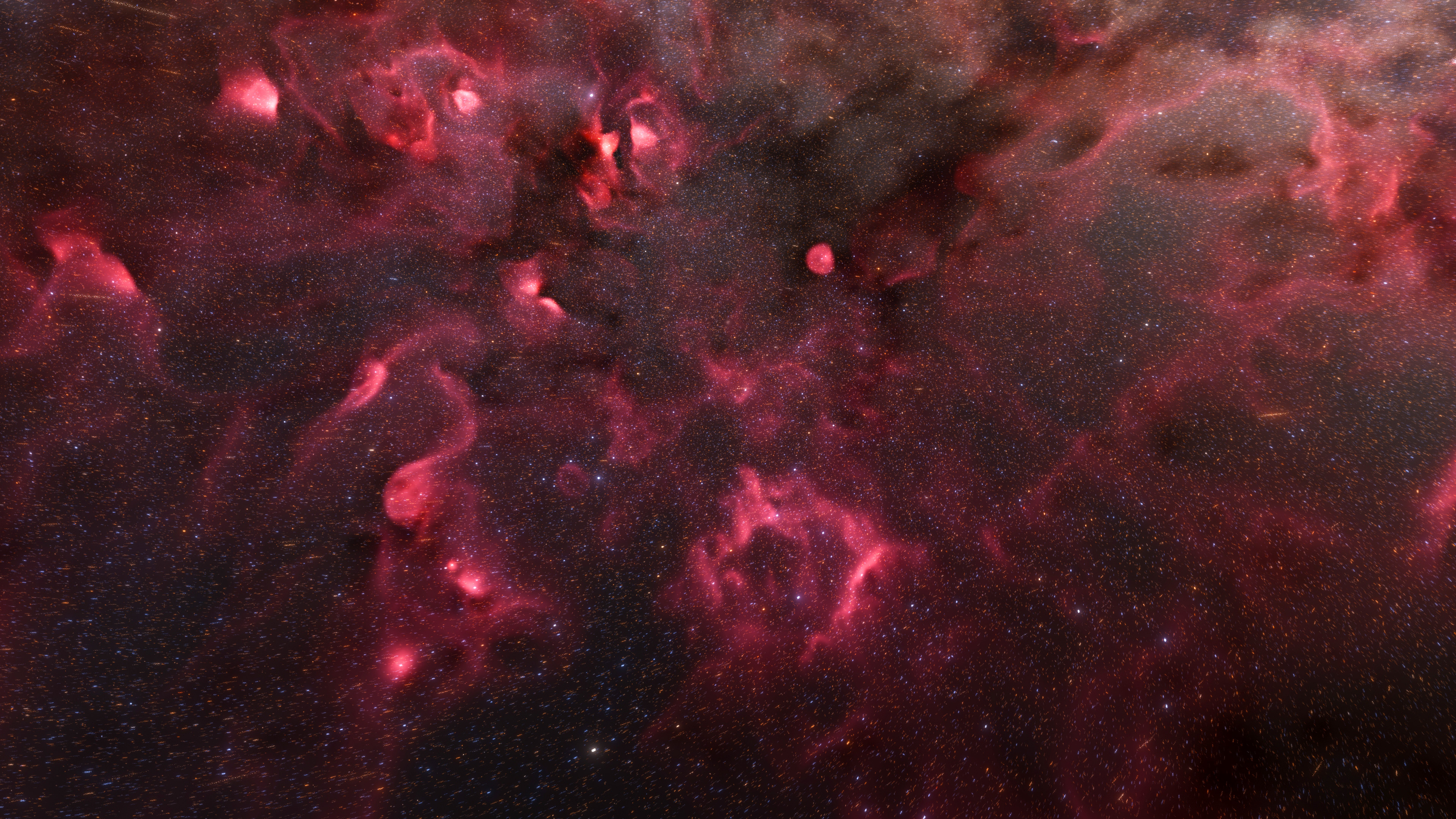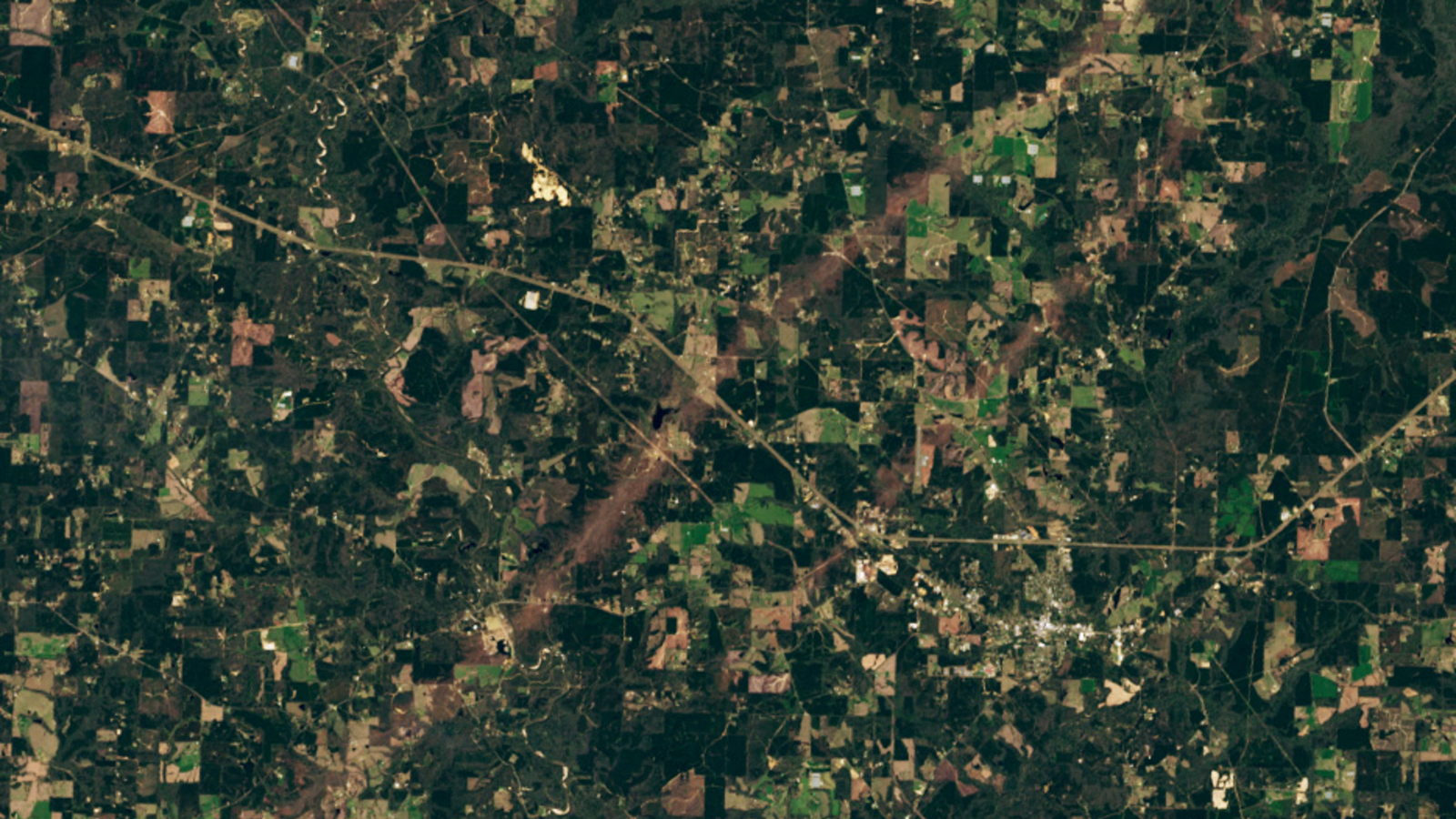Space photo of the week — Extraordinary images of our sublime universe
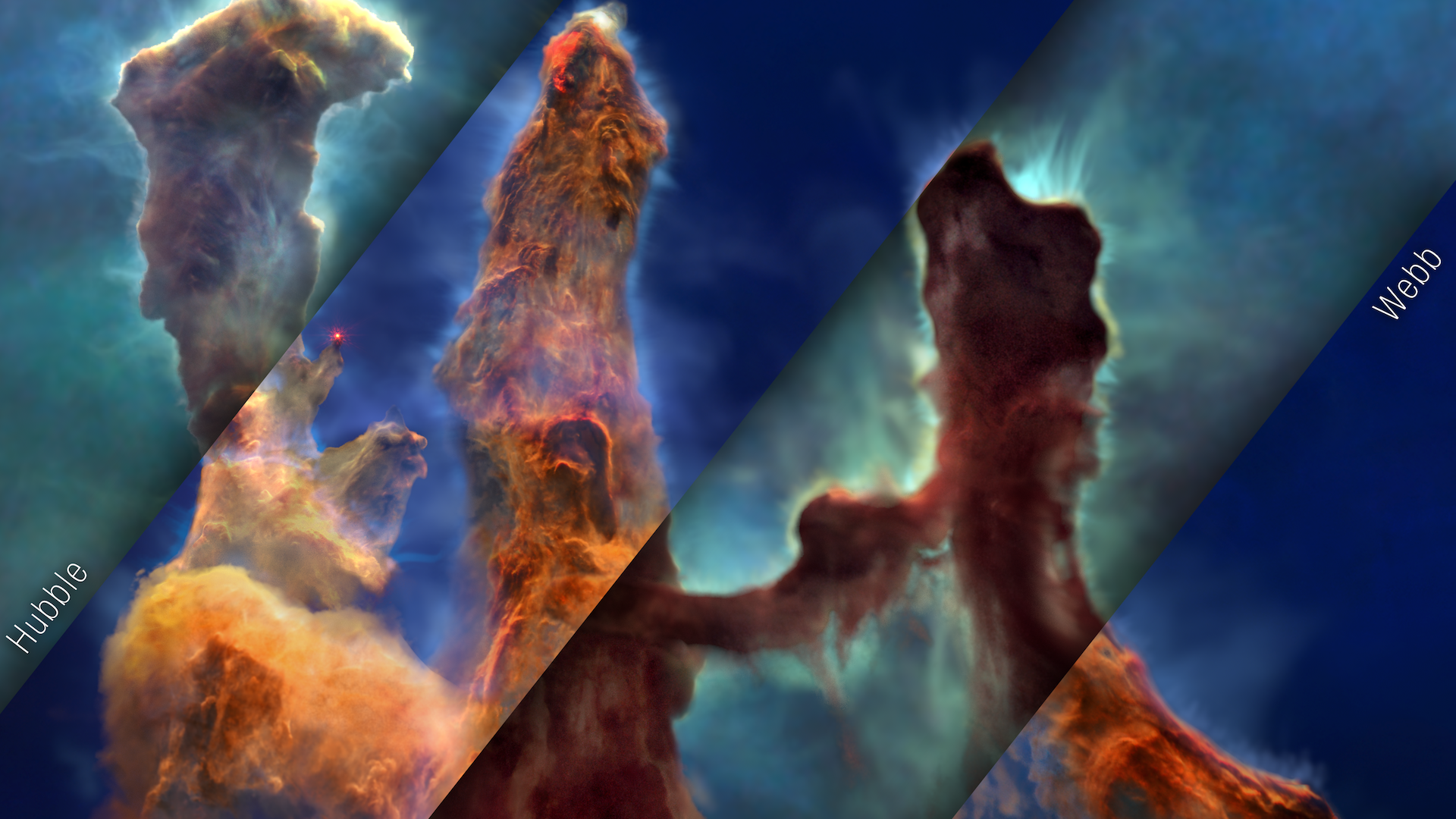
Space photos remind us that, around every corner of our vast universe, something spectacular awaits. From the newest James Webb Space Telescope images to historic photos of groundbreaking space missions, join us every Sunday as we explore the wonders of the universe, and humanity's place in it.
See more incredible space photos:
Latest about space photo of the week
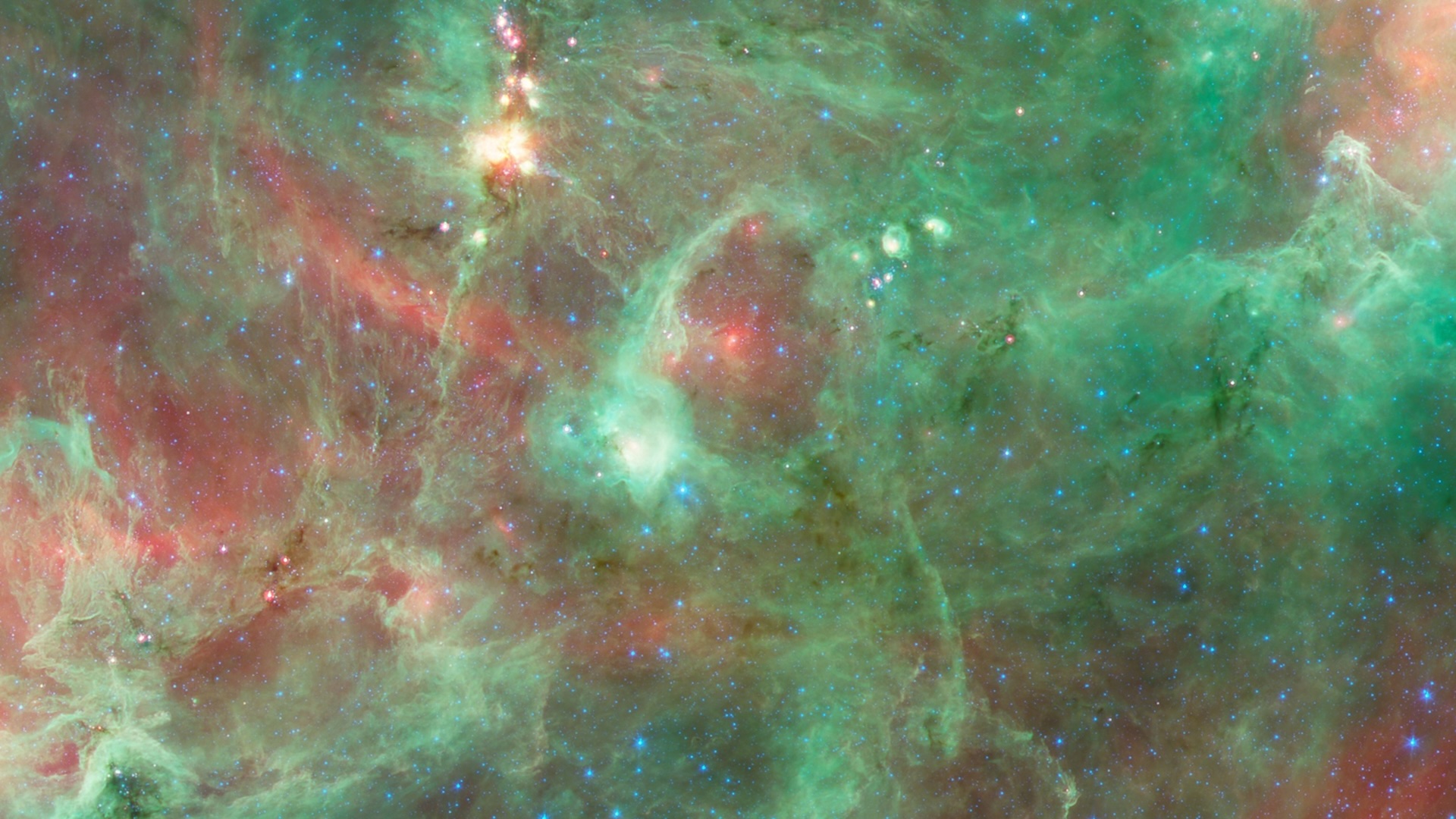
Giant 'diamond ring' sparkles 4,500 light-years away in the Cygnus constellation — Space photo of the week
By Jamie Carter published
NASA's SOFIA observatory captured a rare image of a glowing gas ring in Cygnus X — a vast star-forming region 4,500 light-years away.
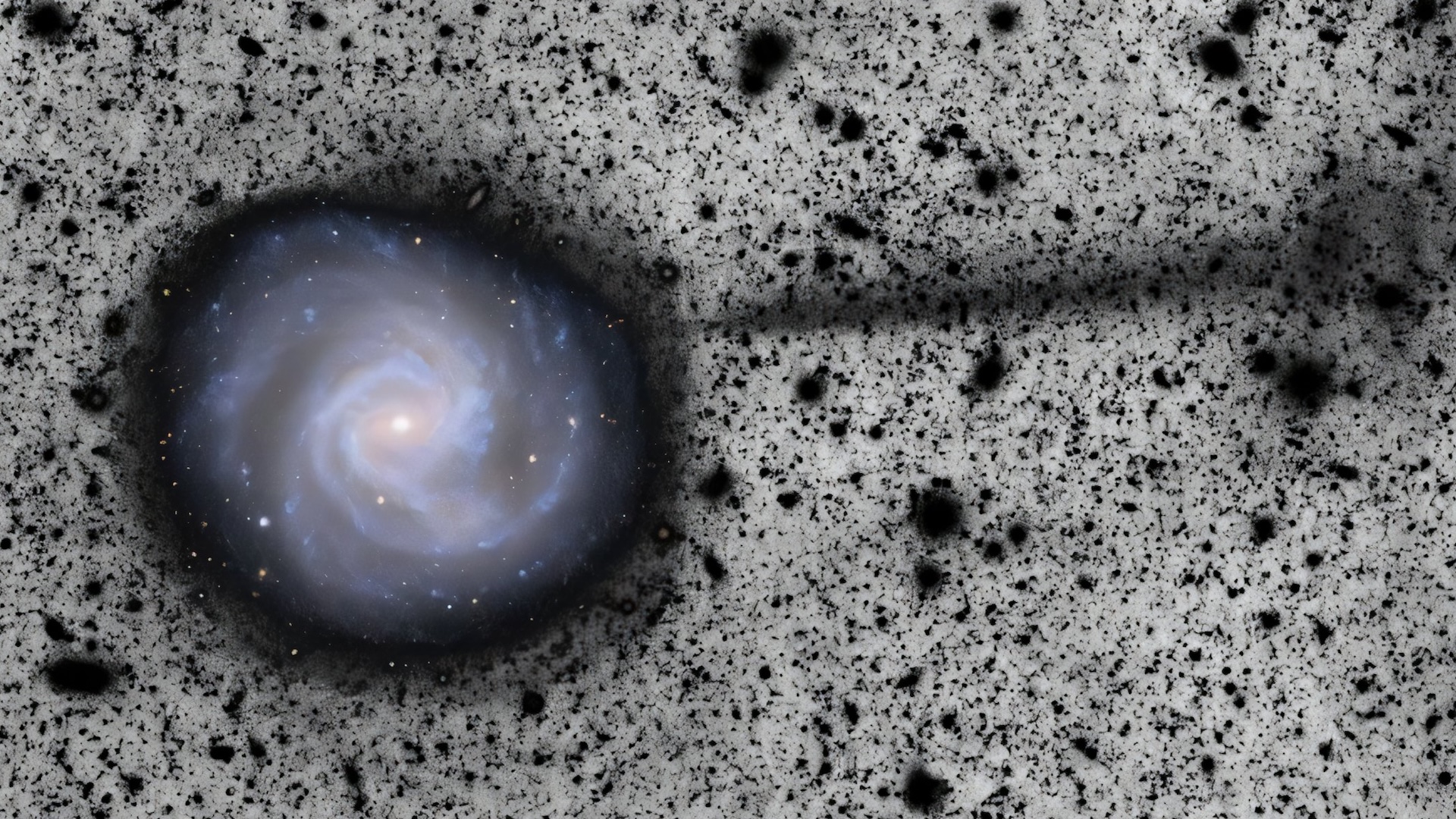
First Vera Rubin Observatory image reveals hidden structure as long as the Milky Way trailing behind a nearby galaxy — Space photo of the week
By Jamie Carter published
First-light images from the Vera C. Rubin Observatory have revealed a 163,000-light-year stream of stars emanating from the M61 galaxy, suggesting a violent past.

Unprecedented view of the Milky Way took 40,000 hours to construct — Space photo of the week
By Shreejaya Karantha published
Created using data from two extensive surveys, this spectacular radio image of the galactic plane of the Milky Way provides valuable insights into the birth and death of stars.
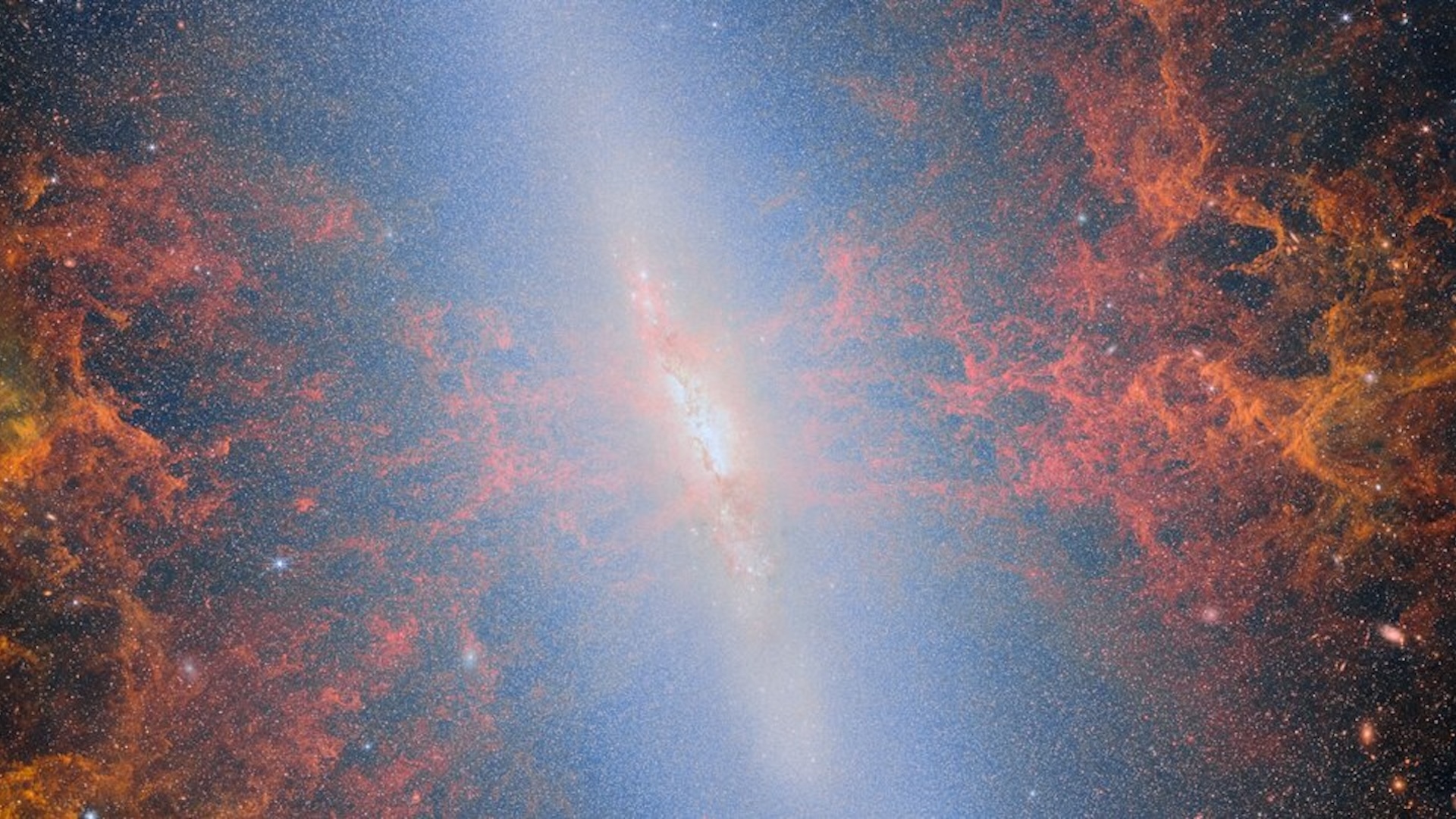
Webb reveals a fiery starburst in the Cigar Galaxy — Space photo of the week
By Jamie Carter published
The James Webb Space Telescope has revealed the blazing heart of an iconic nearby galaxy, where rapid star formation and galactic winds light up the cosmos in infrared light.
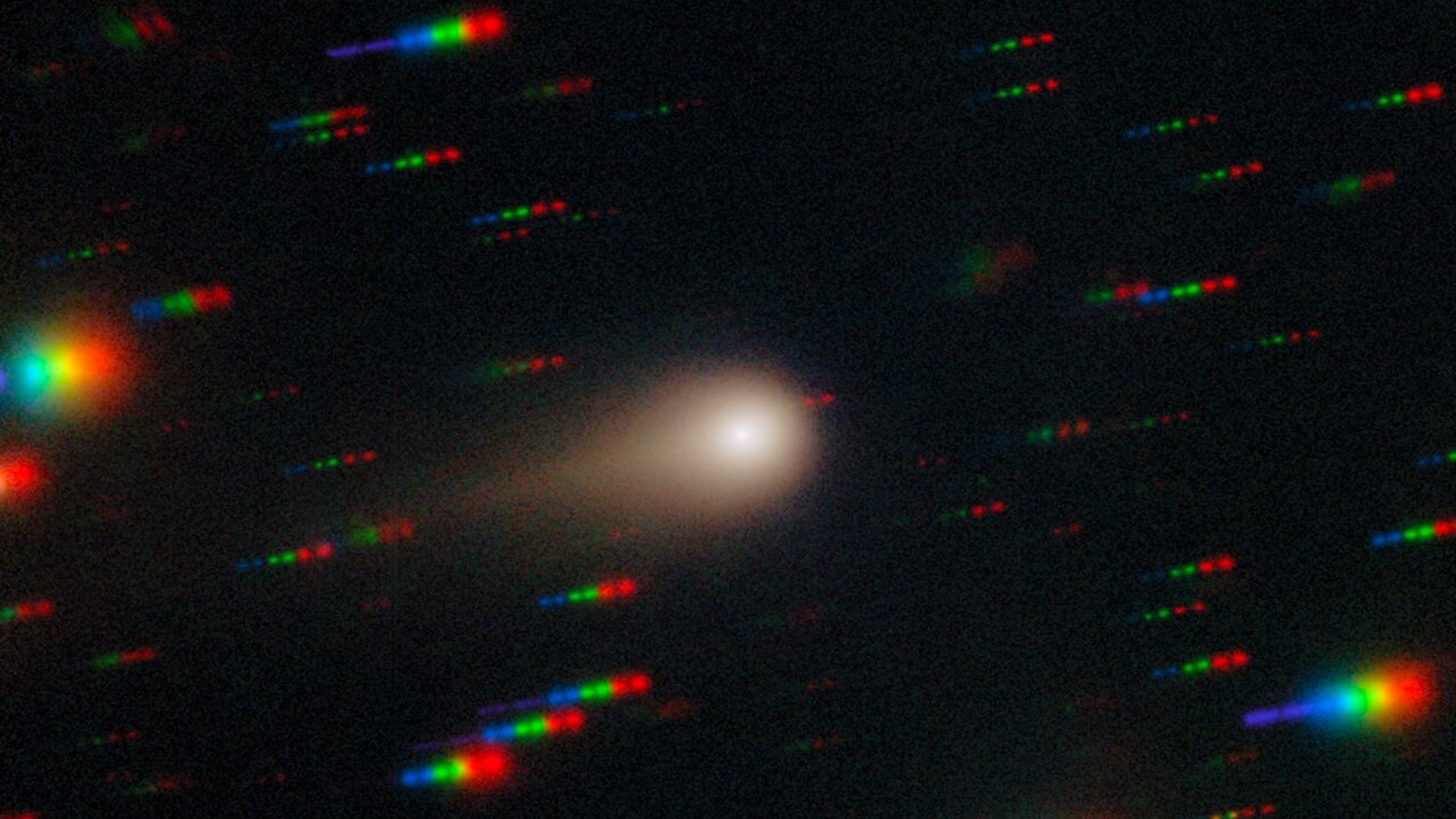
Interstellar object 3I/ATLAS is about to get very active — Space photo of the week
By Brandon Specktor published
The interstellar comet 3I/ATLAS is barreling toward its closest point to the sun as perihelion looms on Oct. 29. How different will it look when it reappears on the other side?
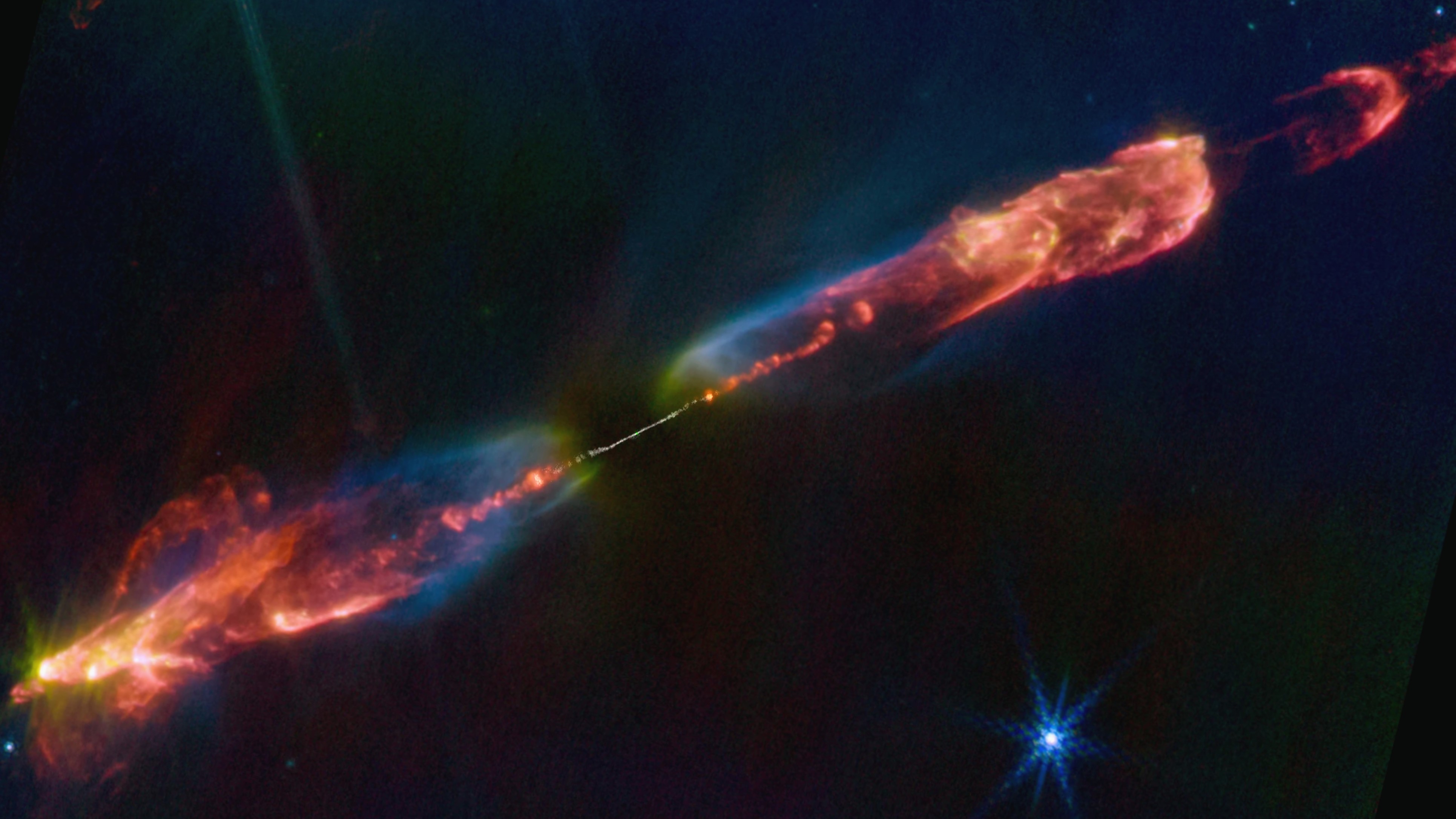
ALMA and JWST solve major star formation mystery: Space photo of the week
By Shreejaya Karantha published
For the first time ever, astronomers revealed the birthplace of an energetic jet blasted by a newborn star using the Atacama Large Millimeter/submillimeter Array (ALMA) in Chile.
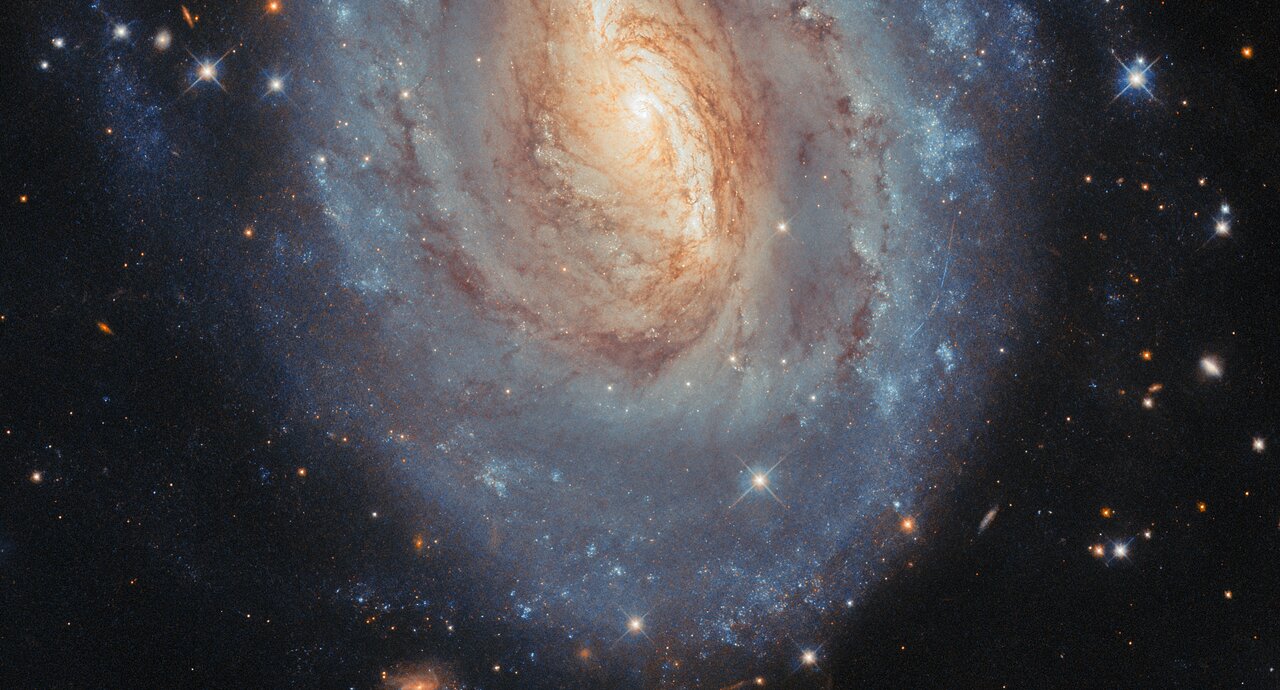
Hubble went supernova hunting — and found something unexpected: Space photo of the week
By Jamie Carter published
The Hubble Space Telescope reveals how color filters tease out the life cycles of stars in spiral galaxy NGC 6000 — while a surprise asteroid streaks through the frame.
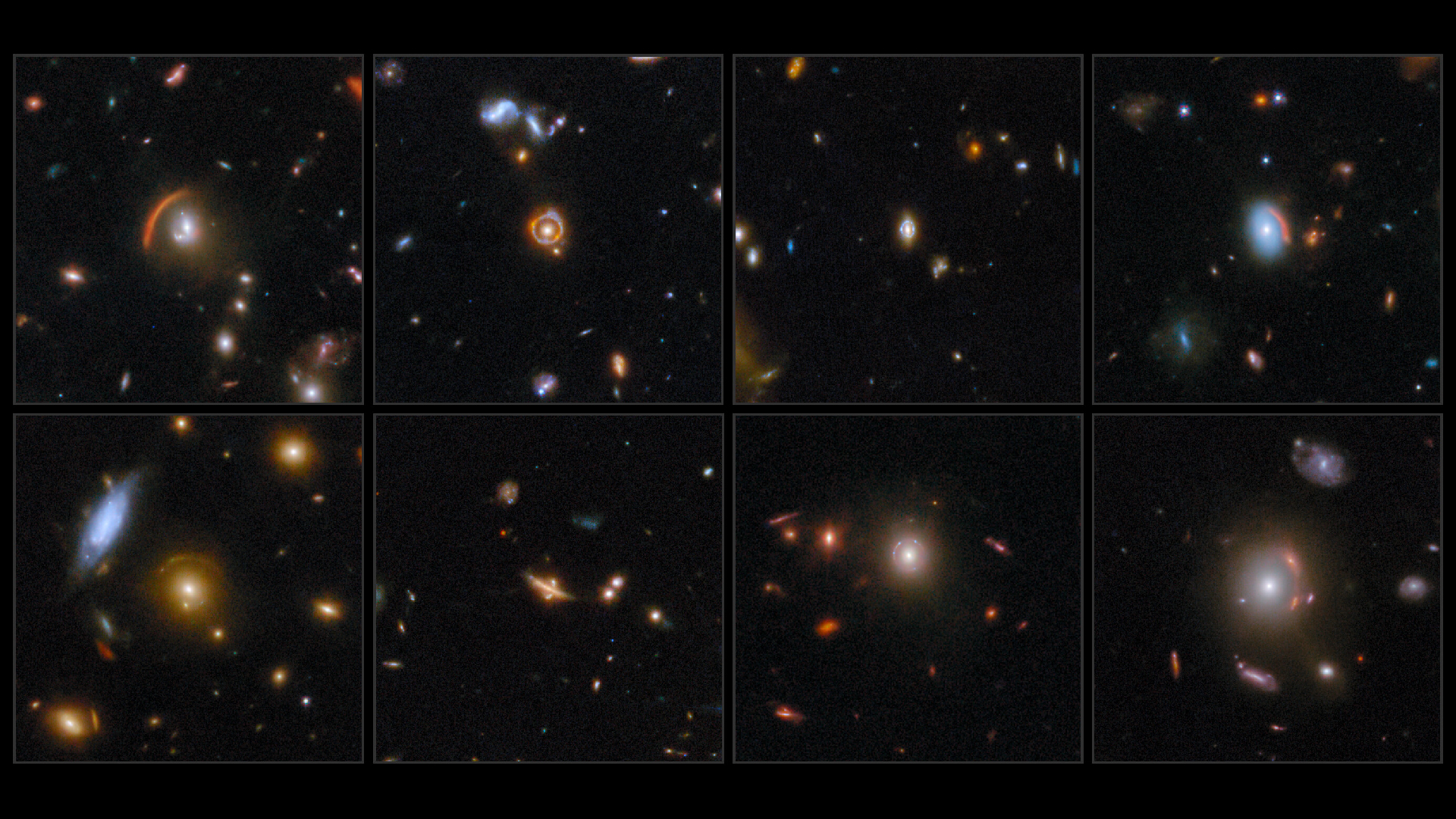
The James Webb telescope proves Einstein right, 8 times over — Space photo of the week
By Jamie Carter published
The James Webb Space Telescope's latest image shows eight spectacular examples of gravitational lensing, a phenomenon that Albert Einstein first predicted some 100 years ago.
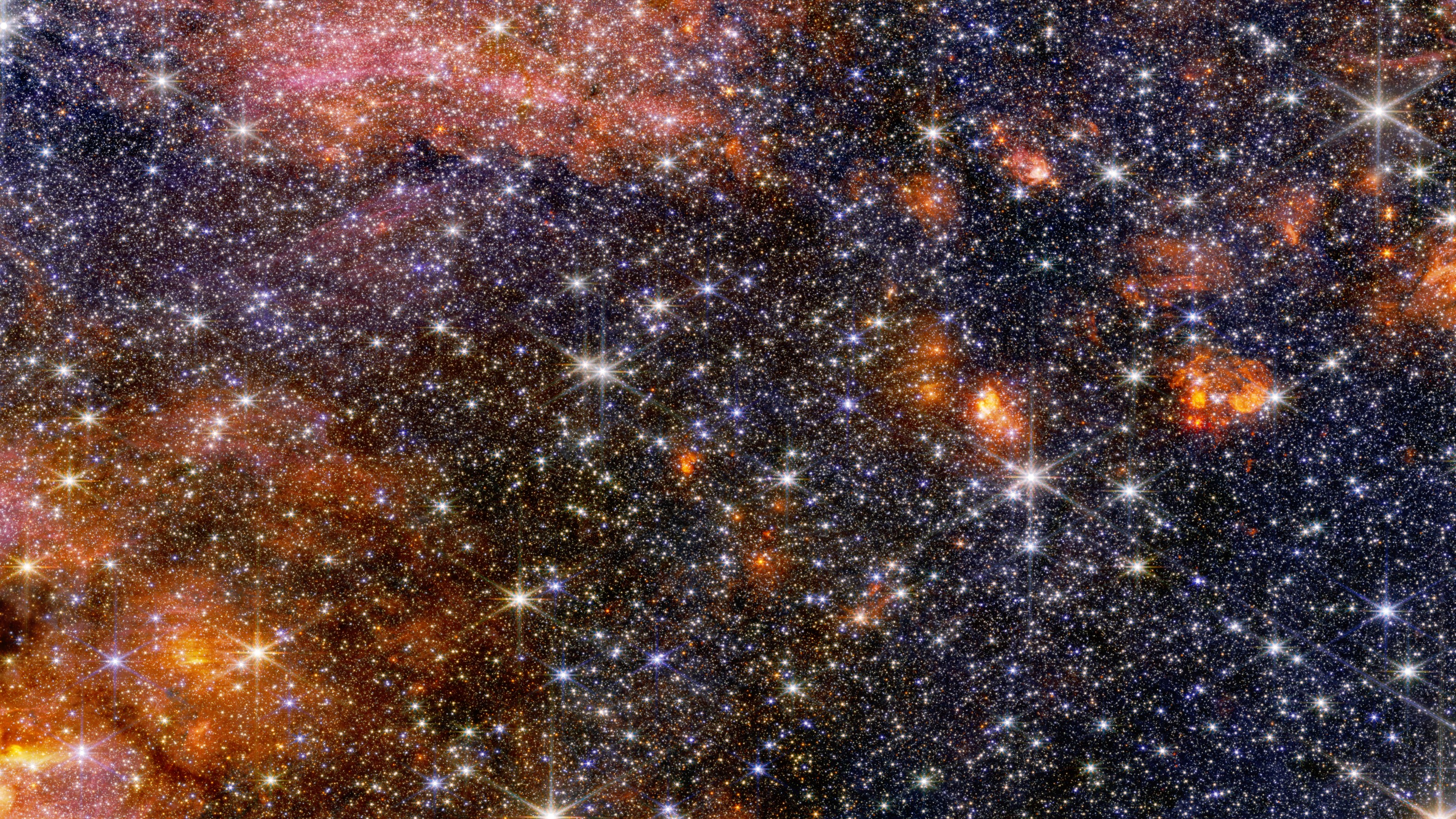
James Webb Space Telescope reveals thick cosmic dust of Sagittarius B2, the most enormous star-forming cloud in the Milky Way — Space photo of the week
By Jamie Carter published
The James Webb Space Telescope has uncovered dazzling newborn stars and thick cosmic dust in Sagittarius B2, the Milky Way's most enormous star-forming cloud.
Get the world’s most fascinating discoveries delivered straight to your inbox.
